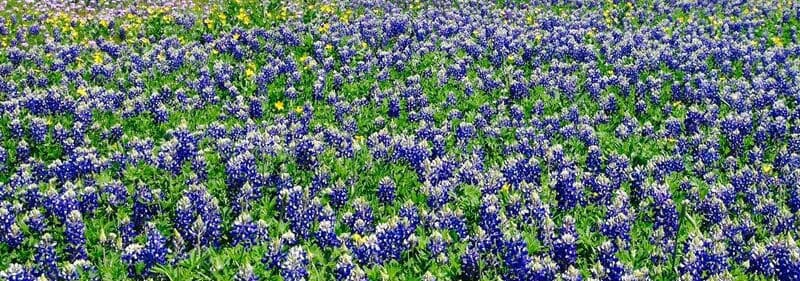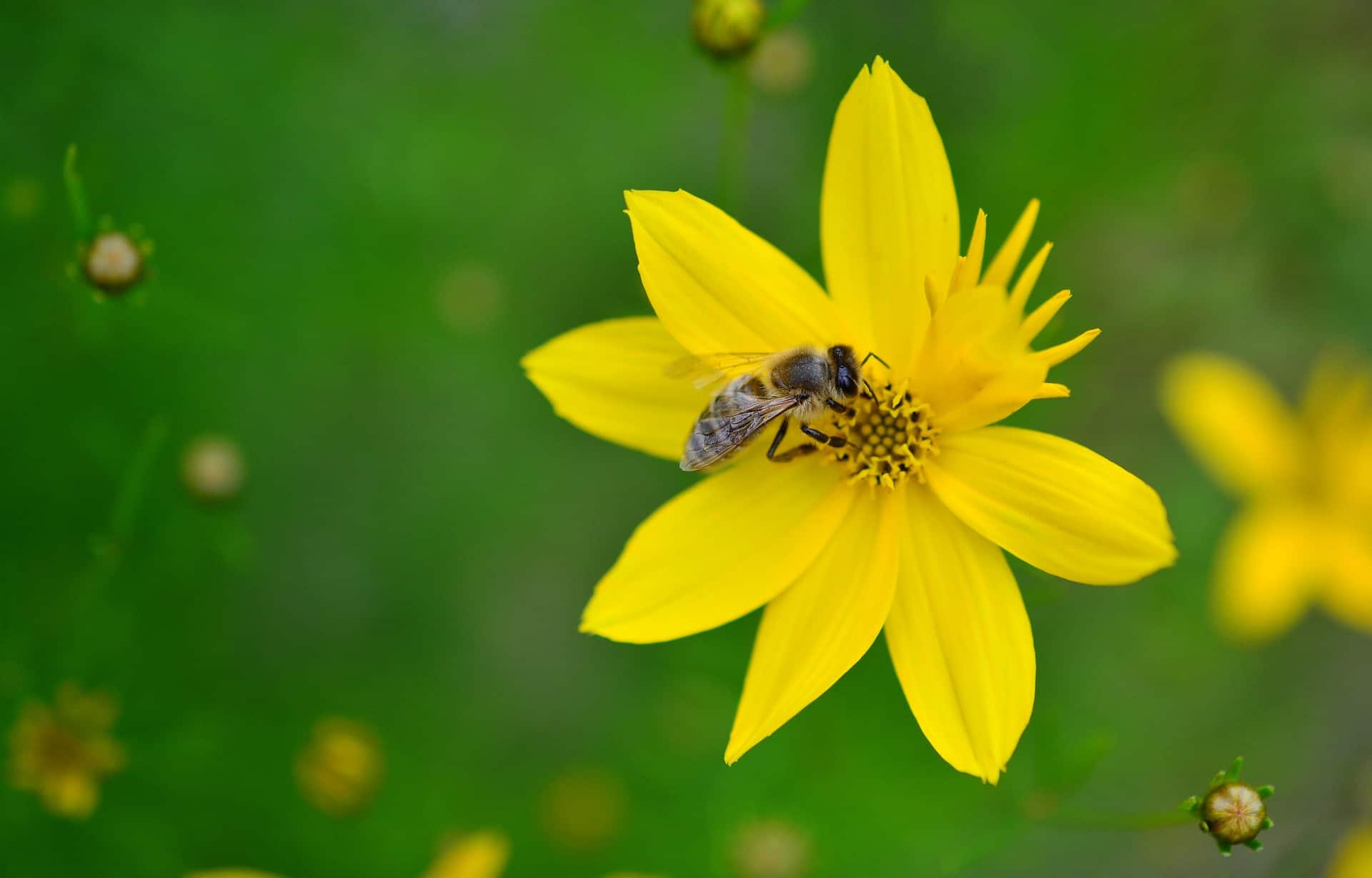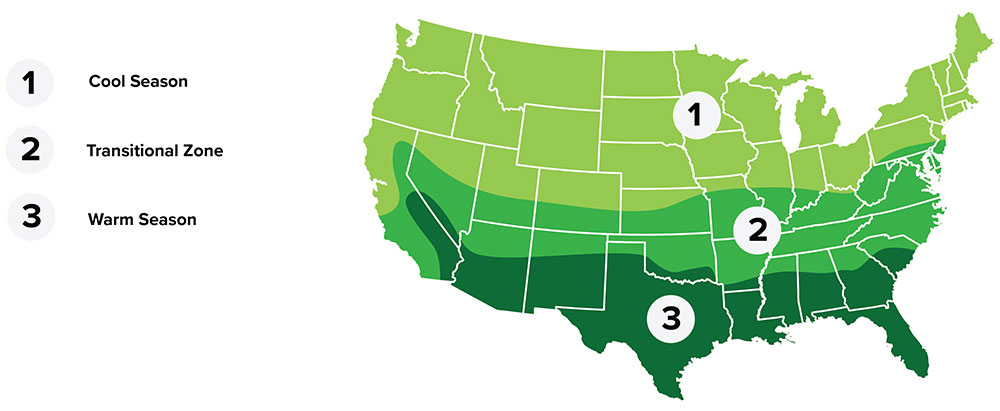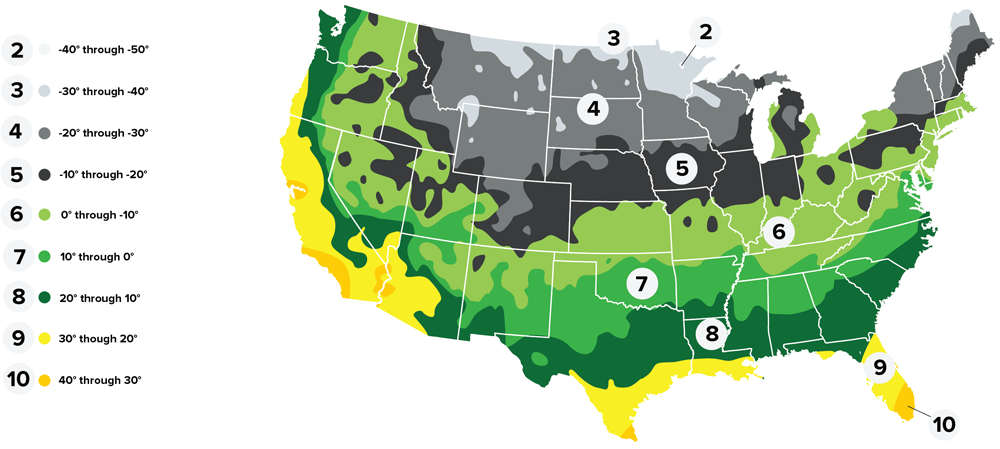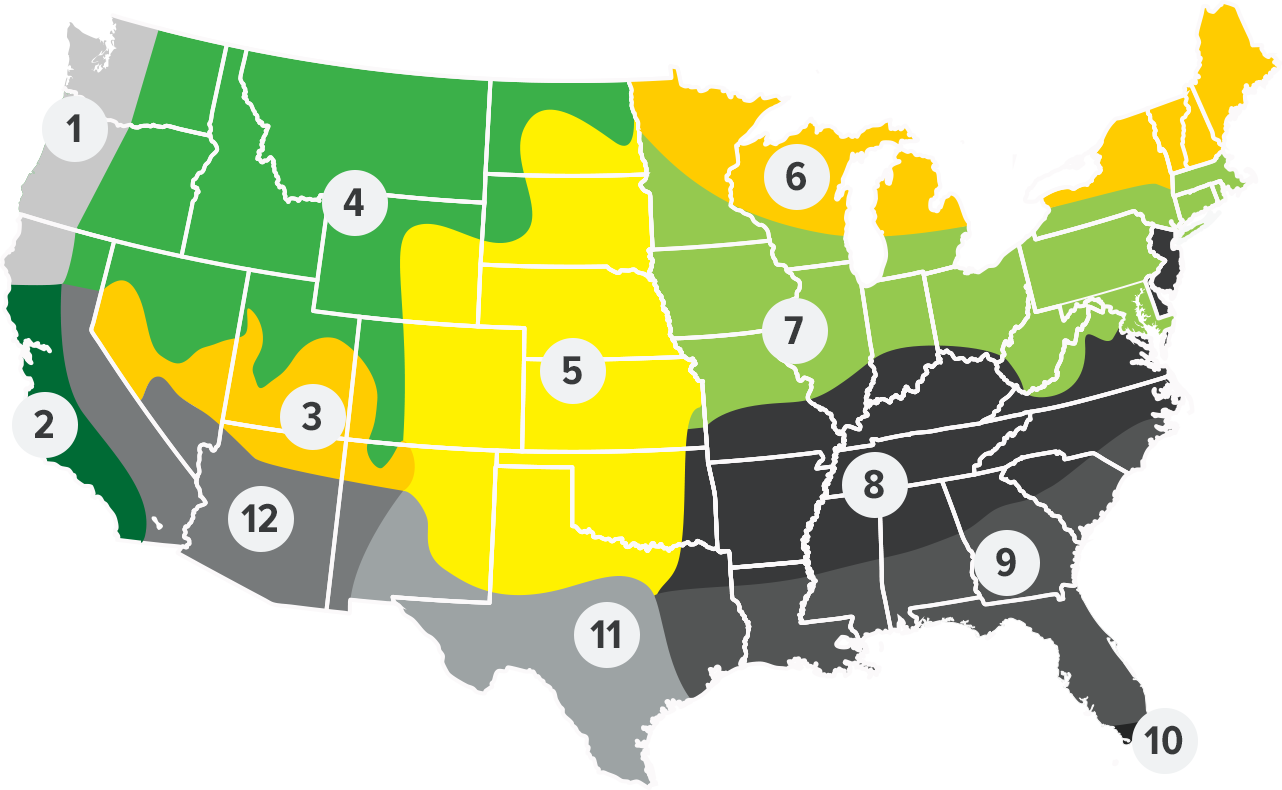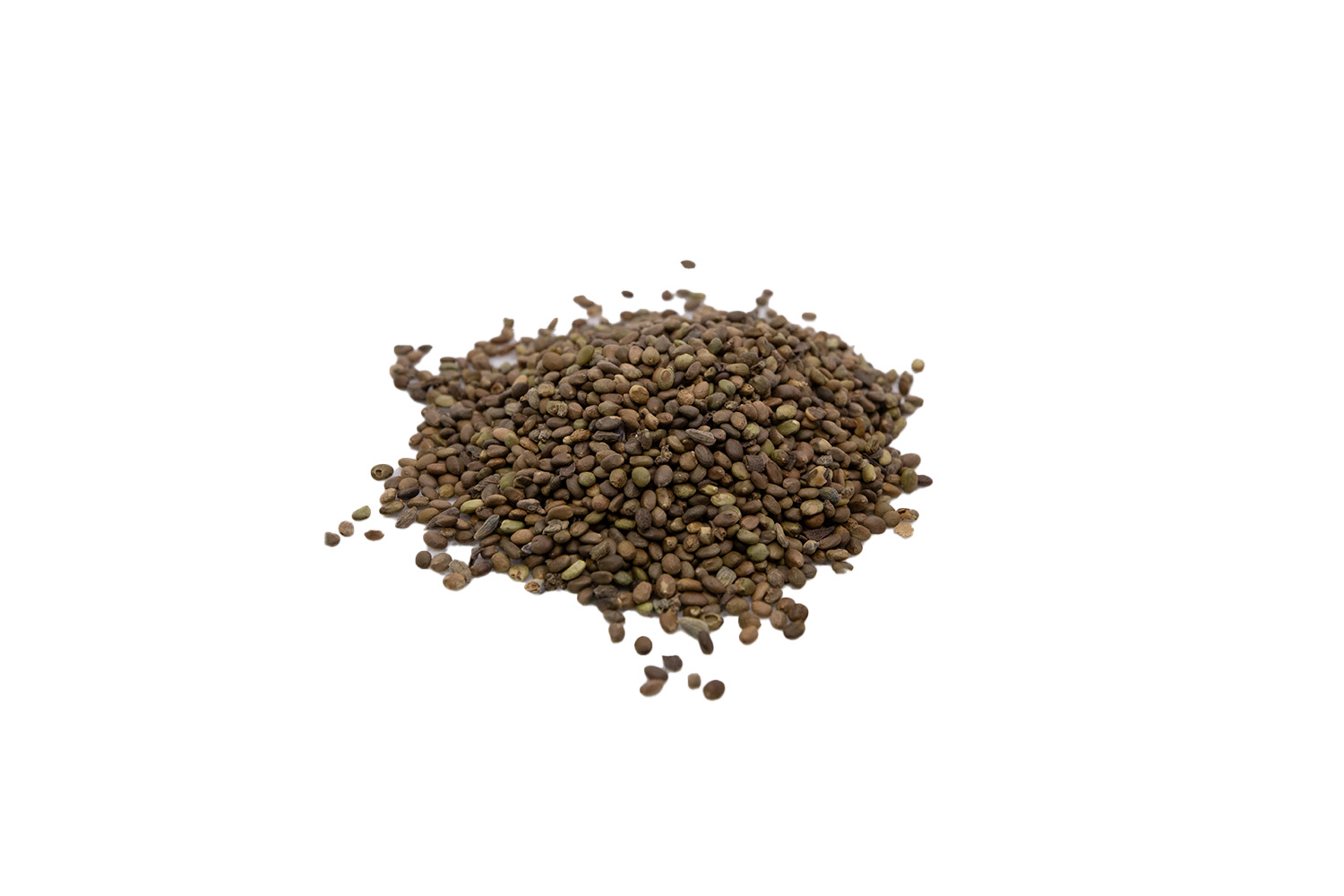
PITCHER SAGE
Summary
Pitcher Sage, Salvia azurea, is recognized by its tall, generally unbranched, gray-green stems with two lipped blue flowers. Blue sage can be found in the West Rocky Mountains to Northern Mexico. In Oklahoma, populations are encountered primarily across the body of the state in adapted clay, loamy and sandy soils as scattered plants in tall grass and mixed grass prairies. Scaled quail and a few songbirds eat the nutlets. Hummingbirds visit the flower for nectar and is an amazing plant for pollinators. It’s a moderate to high preference forage for white tail deer.
Plant Characteristics
Taxonomy
Zone
- Regional Growing Zone
- 3 - Southern Mountain, 4 - Mountain, 5 - Midwest, 6 - Northeast Lakes, 7 - Great Lakes South, 8 - Appalacia, 11 - South Texas, 12 - Southwest
- USDA Plant Hardiness Zones
- 3, 4, 5, 6, 7, 8, 9
- Temperature Zone
- Warm, Cool, Transitional
Plant Characteristics
- Height
- 12" - 59"
- Bloom Period
- Mid-Summer - Early-Fall
- Bloom Color
- Blue
- Bloom Description
two-lipped blue flowers
- Leaf Color
- Green-gray
- Growing Cycle
- Perennial
- Sun Requirement
- Full Sun
Plant Information
- Planting Season
- Fall - Spring
- Plant Depth
- 0.25" - 0.75"
- Minimum Soil Temp for Germination
- 55° F
- Establishment
- Easy
Seed Information
- Seeds Per Pound
- 112,000
- Kingdom
- Plantae
- Subkingdom
- Tracheobionta
- Super Division
- Spermatophyta
- Division
- Magnoliophyta
- Class
- Magnoliopsida
- Subclass
- Asteridae
- Order
- Lamiales
- Family
- Lamiaceae
- Genus
- Salvia
- Species
- Salvia azurea









